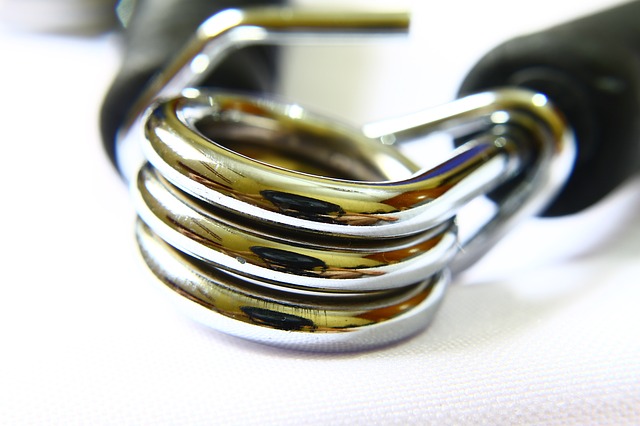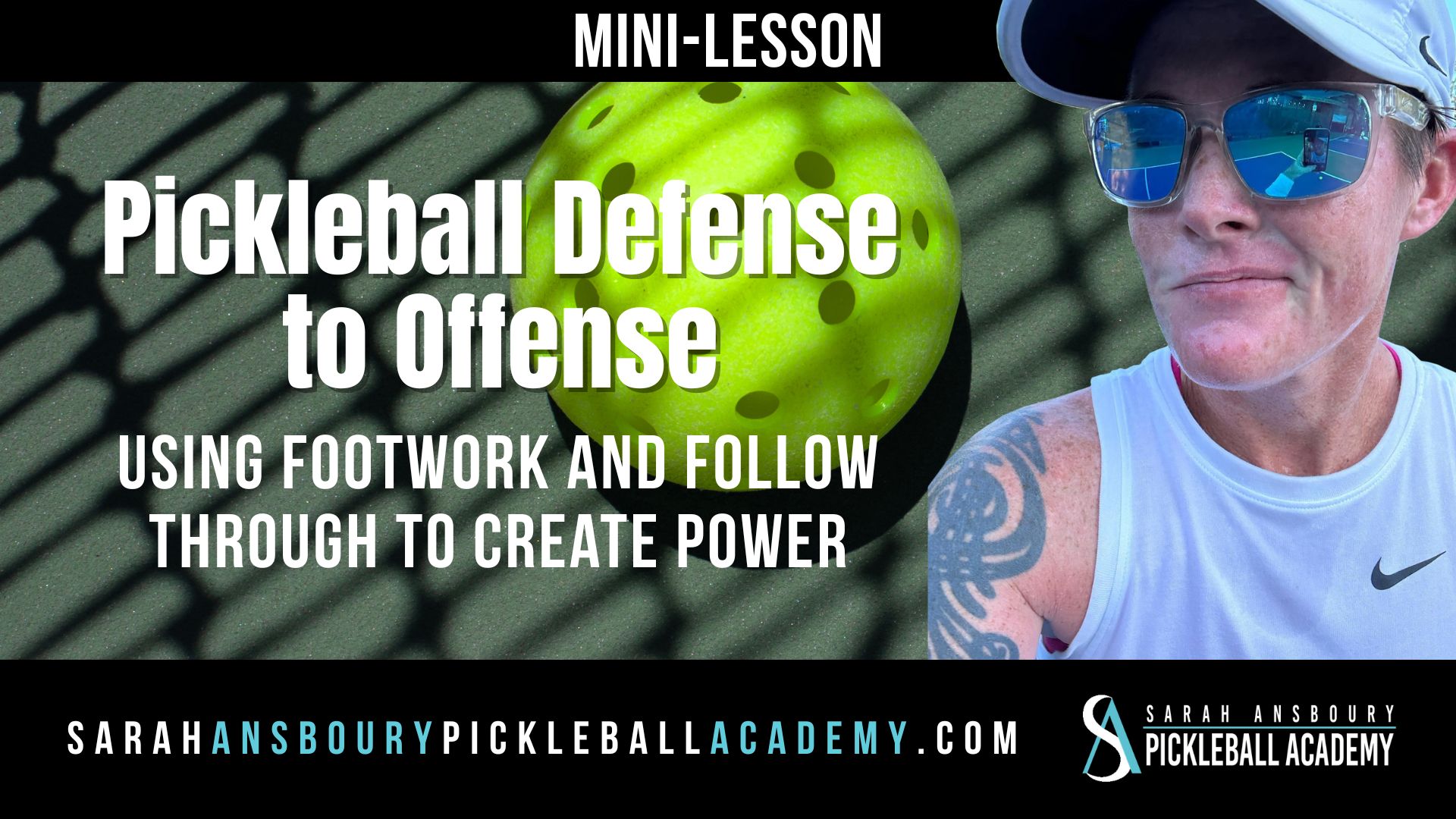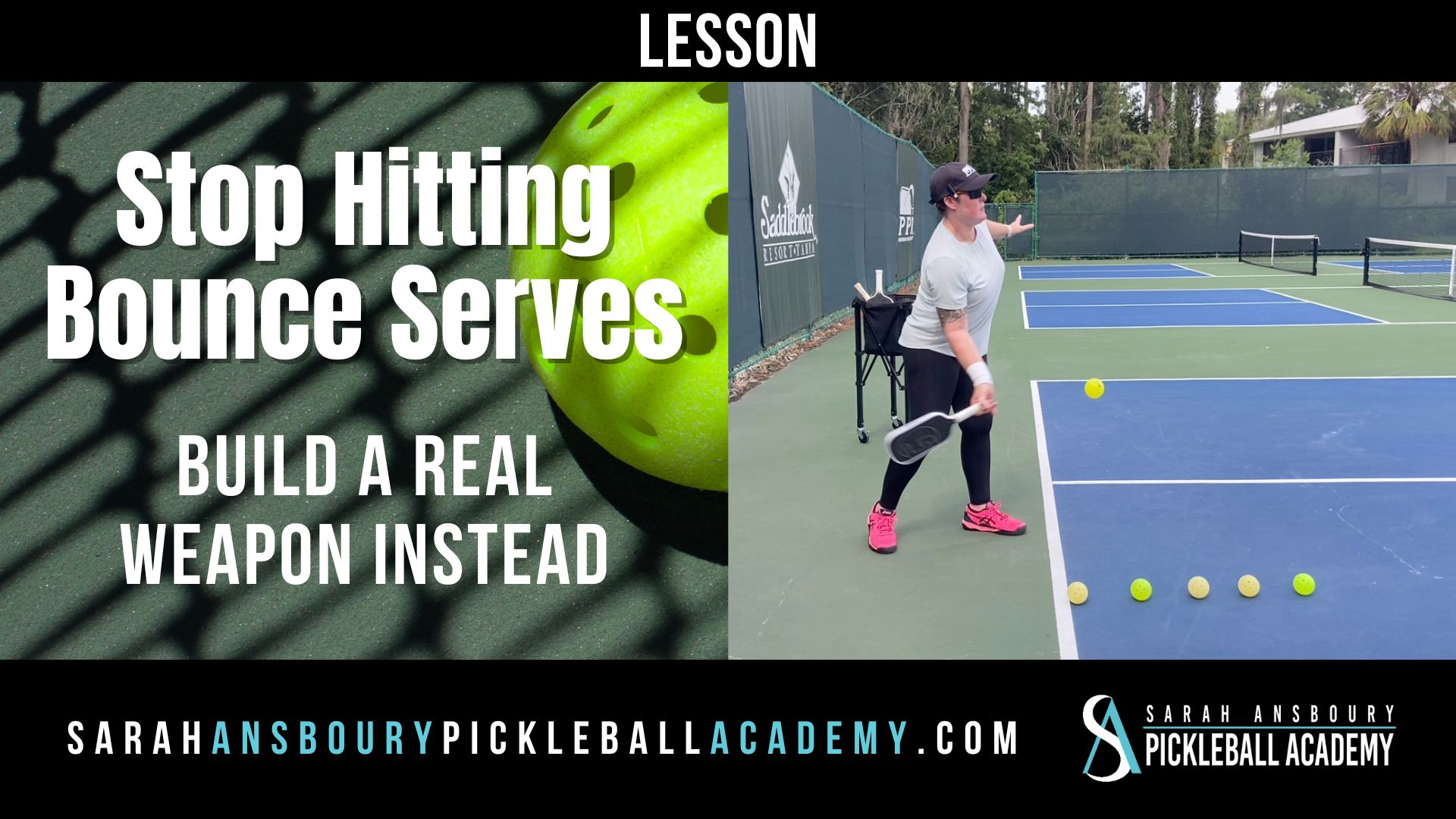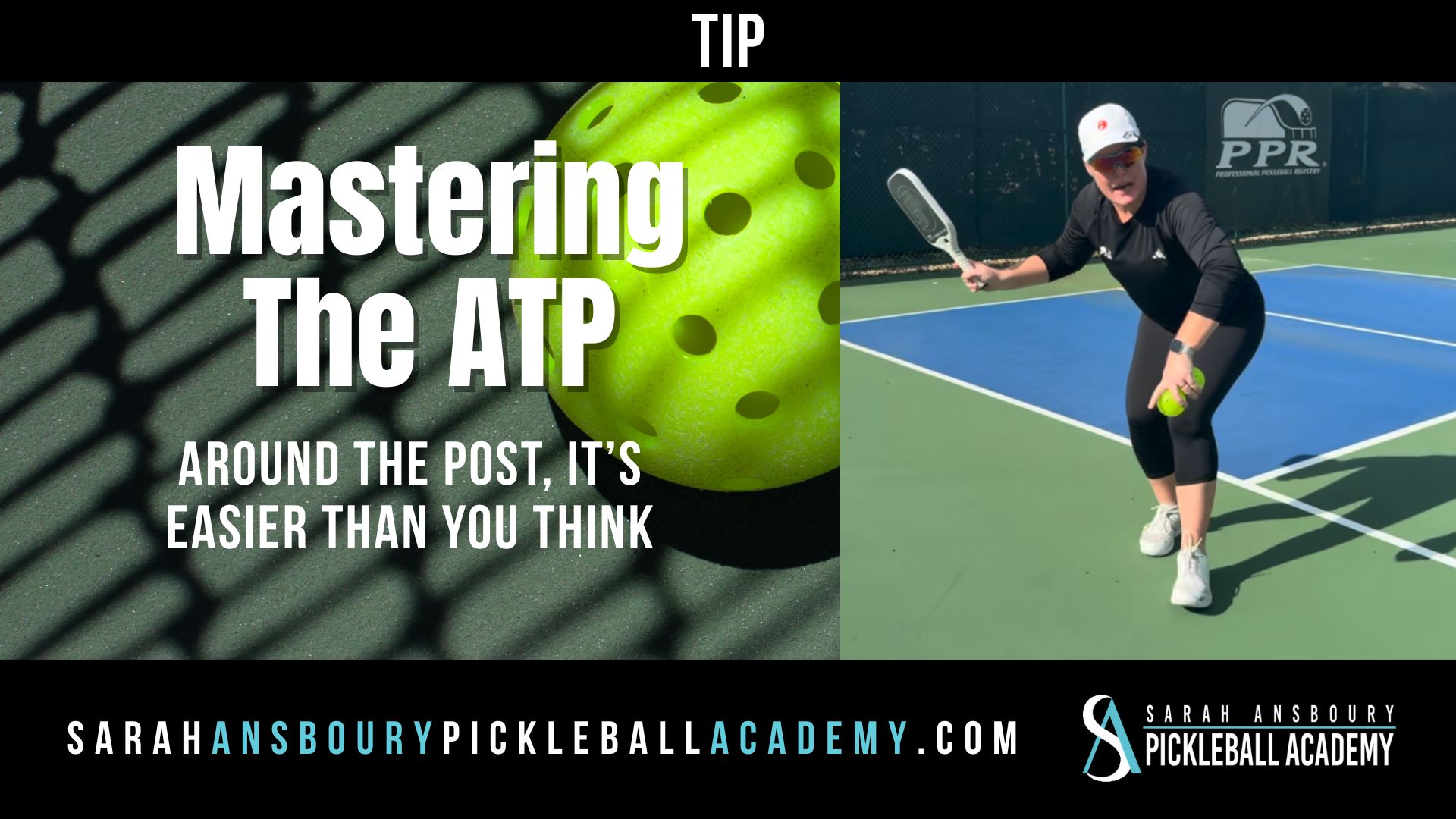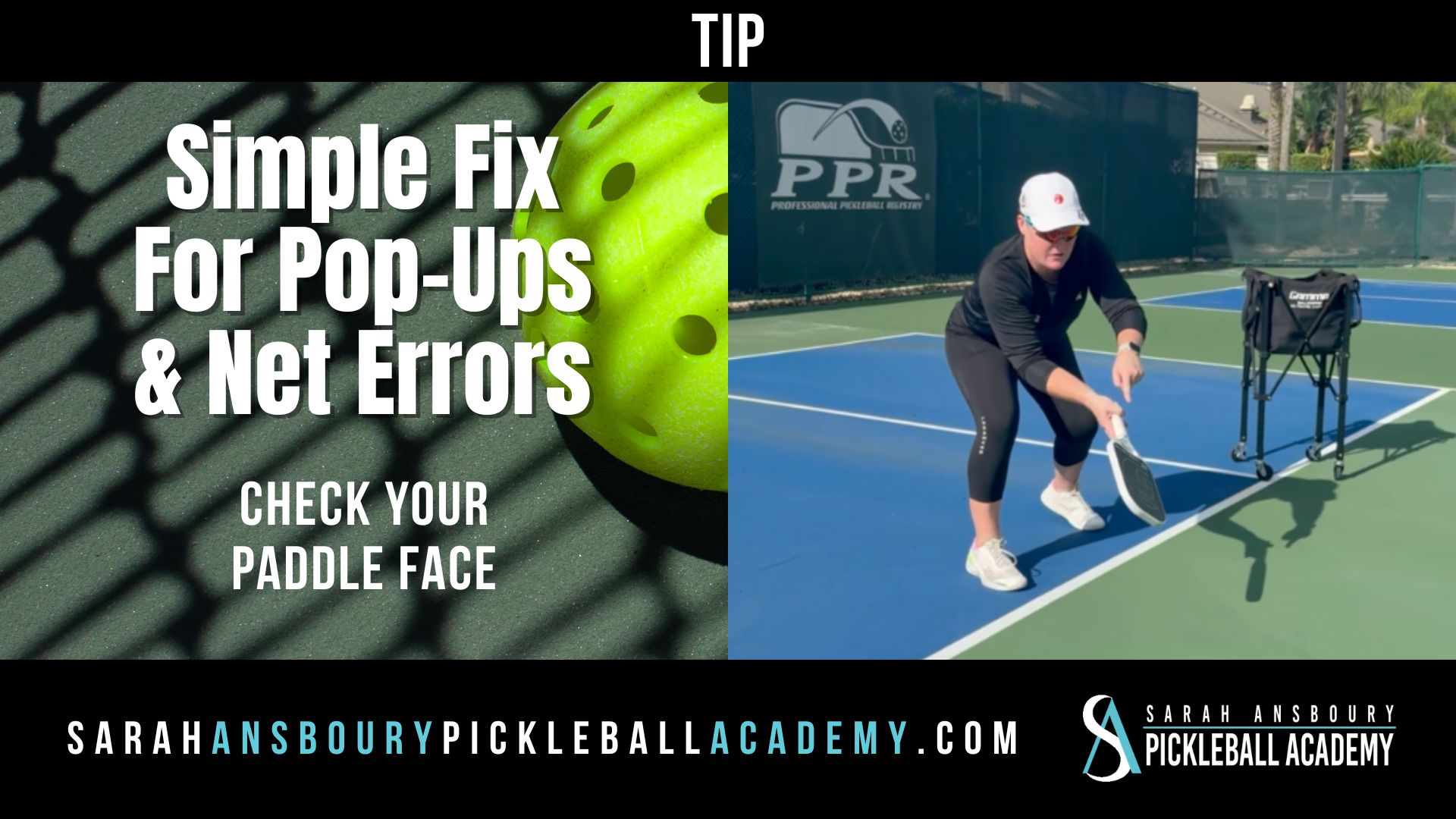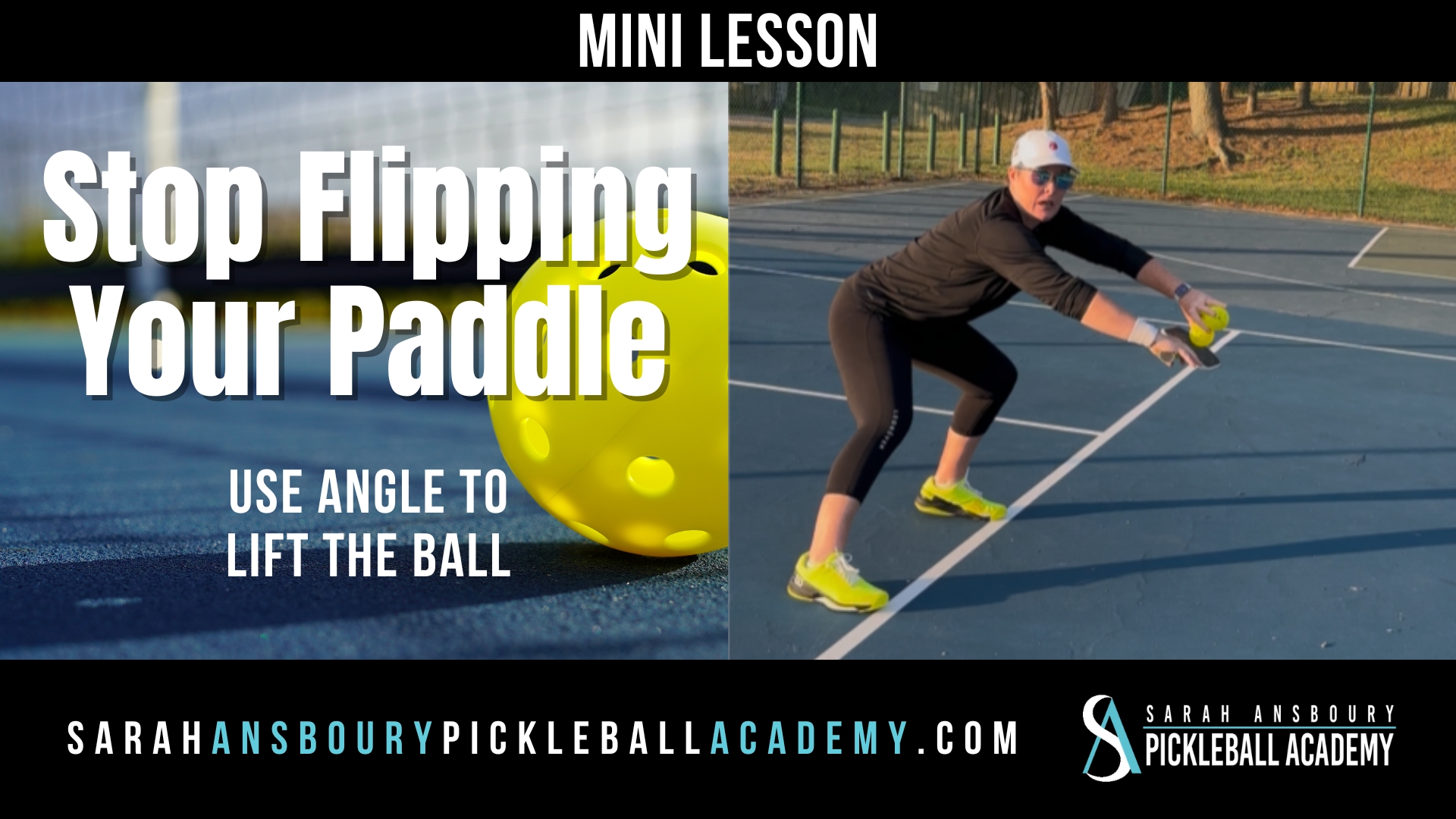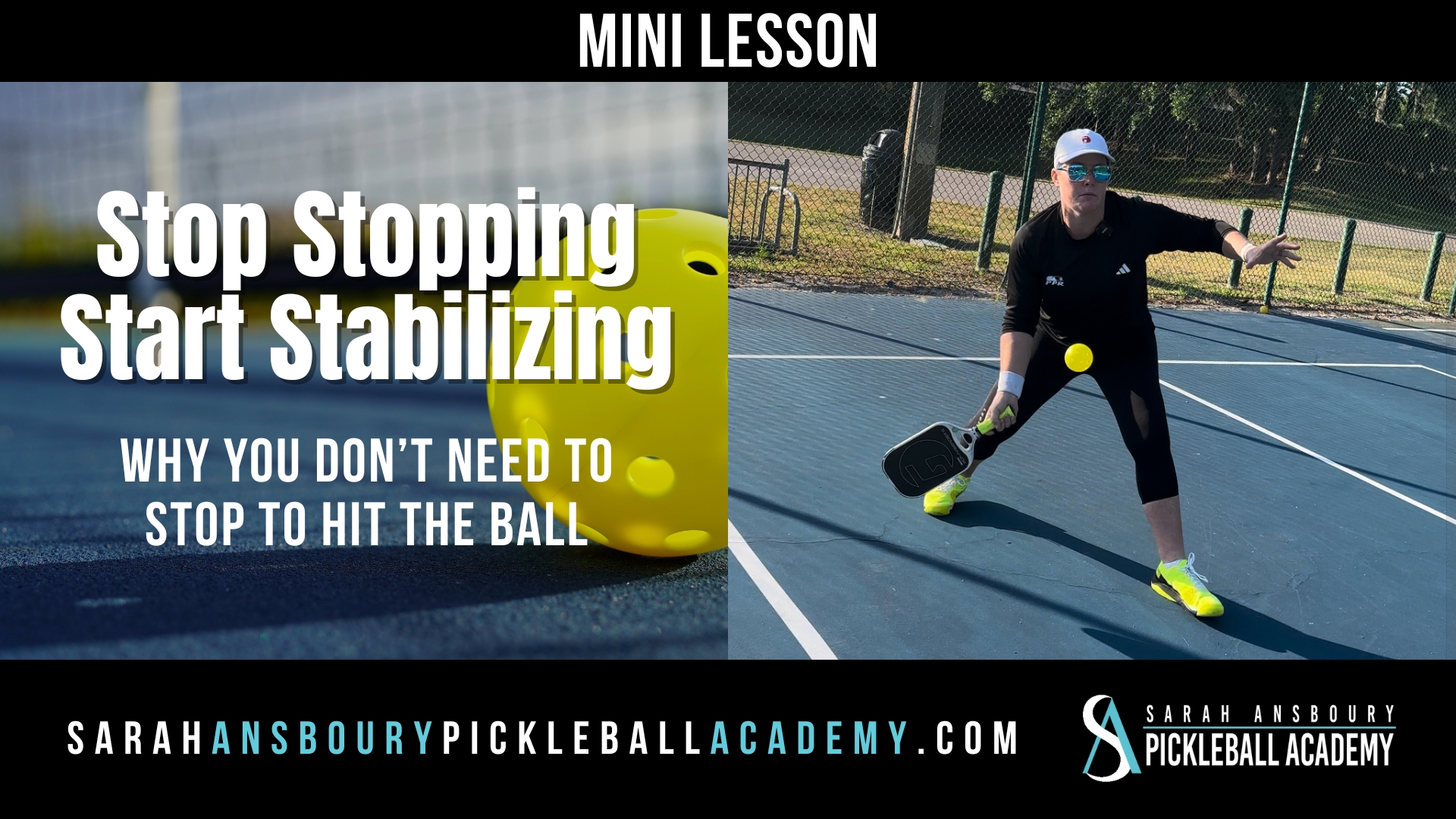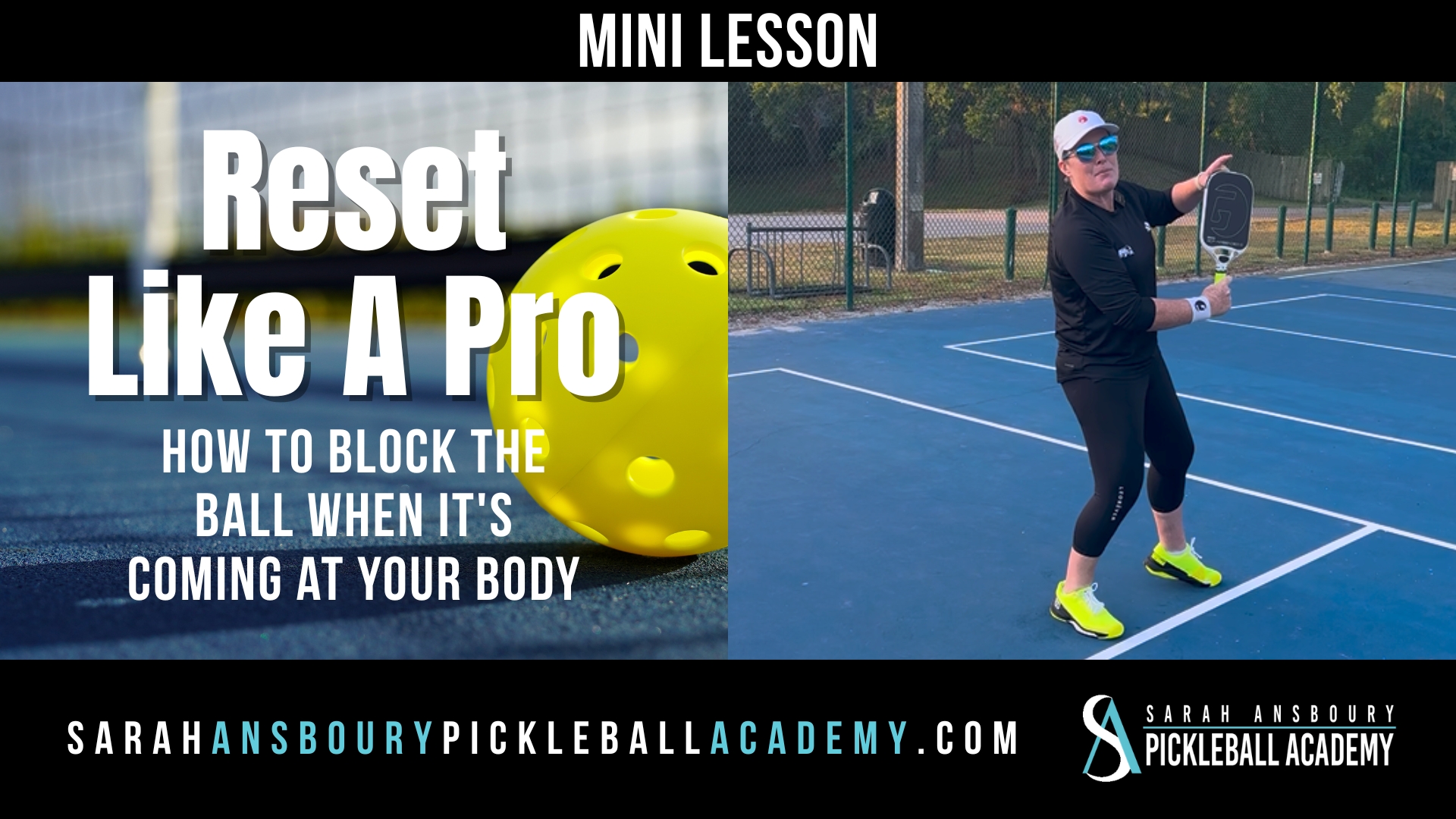I was teaching new players recently, that were holding the paddle much too tight. Today we are going to talk about how you grip the paddle and how much grip pressure is really required.
Coming From Tennis
A number of pickleball players receive guidance from former tennis players. Unfortunately, some instructors, accustomed to a tight racket grip, may recommend the same approach for pickleball. As a former tennis pro, this concerns me! One issue that arises is the development of tennis elbow. Players wearing compression devices on their wrists or below their elbows are often trying to alleviate elbow pain. In many cases, simply loosening their grip pressure can help reduce the discomfort.
It’s important to remember that we’re hitting a lightweight ball with a relatively small paddle in pickleball. You can easily control the paddle without gripping it too tightly. In tennis, if a player holds their racket too tightly, they can compensate by adjusting the string tension. However, in pickleball, we don’t have that option, so it’s essential to adjust our grip pressure instead.
Pickleball and Golf
Frankly, there are many similarities between how one grips a pickleball paddle and a golf club.
 As you grip the paddle, I want you to hold it in your fingers…not your palm.
As you grip the paddle, I want you to hold it in your fingers…not your palm.- Secondly, recall the old golfer’s phrase, “Hold it as you would a bird. Don’t let the bird fly away, but do not hold it so tight that you crush it.”
When I think about my grip pressure, I use a numeric scale from 1 to 10 with 10 being the tightest. For softer shots such as a dink, or third shot drop, my grip pressure will be a 4 or 5. When hitting a return of serve or hard volley, it will be a 7 or 8. Never would I get fully to a 10! This is difficult and takes a lot of practice. Often what you see is players with the same pressure the whole point, making it difficult to control the ball. By gripping too tight they are creating extra force rather than focusing on finesse. Rule of thumb is if your knuckles are white you are holding too tight!
Grip Pressure Exercise
If a student struggles with gripping their paddle too tightly, I recommend a simple exercise. Both the student and I hold the bottom of the handle with our thumb, index, and middle fingers, and then we practice forehand dinks. Focus on keeping your shoulder relaxed, lowering the paddle’s tip towards the ground, and extending your arm with the paddle face pointing towards your partner.
During this exercise, you’ll notice that the only way to keep the ball low and slow is by pushing the paddle from your shoulder. If the paddle face points upwards, you’re using your wrist, which may cause the ball to fly higher than intended. This activity helps you understand how your fingers provide enough support for your shoulders and paddle to do the work. Keep the paddle in front of your body the entire time, as if catching the ball on the paddle and pushing it towards the target.
Playing at your best requires being loose and relaxed, which starts with your grip pressure. If your forearms or elbows feel tired or sore after playing, you might be gripping the paddle too tightly.

